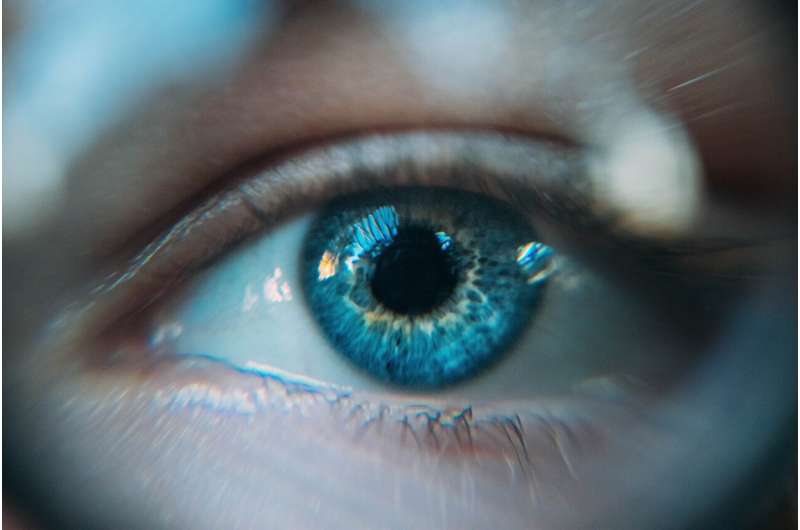
New research has revealed for the first time the number of Australian families affected by genetic mutations that cause the rare genetic eye disease Leber Hereditary Optic Neuropathy (LHON) – and the risk of going blind from the disease.
The research, led by Professor David Mackey AO from the Lions Eye Institute and University of Western Australia and Dr. Isabel Lopez-Sanchez from the Centre for Eye Research Australia (CERA) and University of Melbourne, is published in the American Journal of Human Genetics today.
The study, which reveals that 96 Australian families are affected by the genes, presents the most up-to-date statistics of the disease in the world.
It also reveals the risk of losing vision from the disease may be less than previously reported.
The new information is expected to help families affected by LHON make better informed family planning decisions.
It will also aid studies researching why some people are at higher risk of vision loss from the disease and help identify patients suitable for future clinical trials into potential cures.
What is LHON?
LHON is a rare genetic eye disease that affects the optic nerve. It is caused by changes in the DNA of the mitochondria—the powerpacks that provide energy to our cells.
However, it carries an uncertain diagnosis as even though family members may have the same genetic mutation their vision will not be impacted in the same way.
Very few people with a LHON mutation will experience vision loss. However, some may experience sudden and permanent vision loss—with blindness sometimes occurring in a matter of weeks.
“People affected by LHON never go completely blind, and a small percentage may recover some vision, but the vast majority will not be able to drive, read or recognize faces,”‘ says Professor Mackey.
“For 30 years I have worked with eye specialists around the country and the research team at CERA to be able to assemble some of the most accurate data about LHON risk anywhere in the world.
“Although we are still working to find treatments for LHON, knowing exactly the risk for vision loss allows us to design better clinical trials.
“If the federal government passes legislation to allow mitochondrial donation, we will be able to give family members accurate risk data so they can make an informed decision about opting for this new treatment.”
Study results
The new study found 96 Australian families currently have the gene and 355 people are currently living with vision loss because of it.
It also shows the overall risk of losing vision if you have the LHON gene is 17.5% for males (one in six males) and 5.4% for females (one in 20 females). This is significantly less than the popularly quoted risk of 50% for males (one in two males) and 10% for females (one in 10 females).
Lisa Kearns, a research genetic counselor and orthoptist at CERA has worked with LHON families for 20 years, says LHON has traditionally been known as a young man’s disease.
“However, the study’s findings confirm LHON can also affect a smaller number of women, older adults and younger children,”‘ she says.
Research impact
CERA Principal Investigator Dr. Isabel Lopez Sanchez says because LHON is very rare, some ophthalmologists may have never encountered a patient with the disease.
“As a result of our study we want them to consider LHON could be a possibility if a woman, younger child or older adult has lost their vision, to avoid a delayed diagnosis or even misdiagnosis,” she says.
Dr. Lopez Sanchez says the study will provide researchers with a comprehensive database of people they can ask to take part in future clinical trials and studies aiming to prevent or treat vision loss.
Source: Read Full Article
